I am a guitar player (well, I mean like everyone~) and always had interest in strings instruments. When I visited Istanbul in 2004 I bought a baglama (pronounced balama) and had fun with it at home even if I never properly learned how to play it :-) A friend also offered me a valiha (pronounced "valee" if I remember well) from Madagascar a long time ago, but I never managed to do anything good with this one, it's a beautiful object though.
I haven't bought a shamisen yet because, to make it short, a good one costs a bomb :) But I am lucky enough that Sensei (=Teacher) lent me one.
Here is the kit :
The Shamisen is carefully packed in its little kimono. The green stuff on the left is to place on the knee under the shamisen.
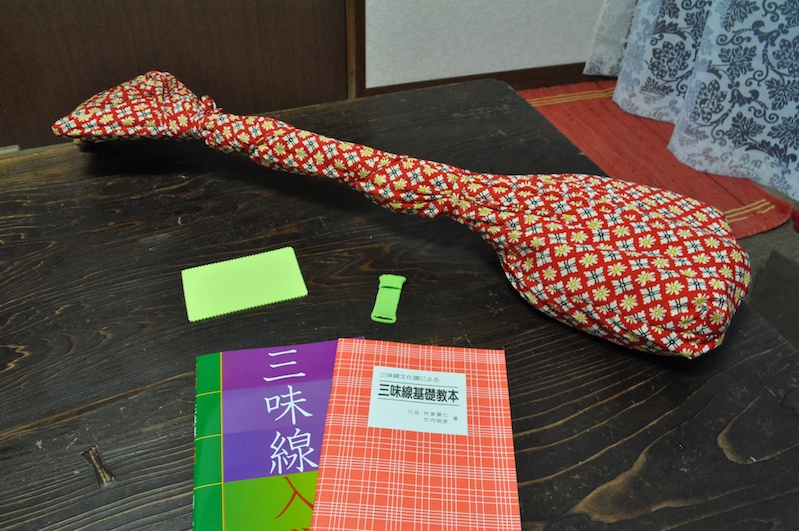
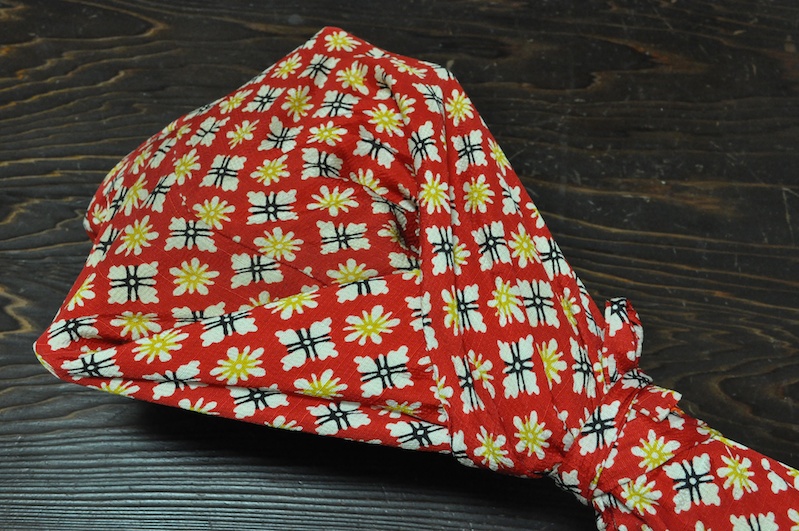
Let's unpacked it.
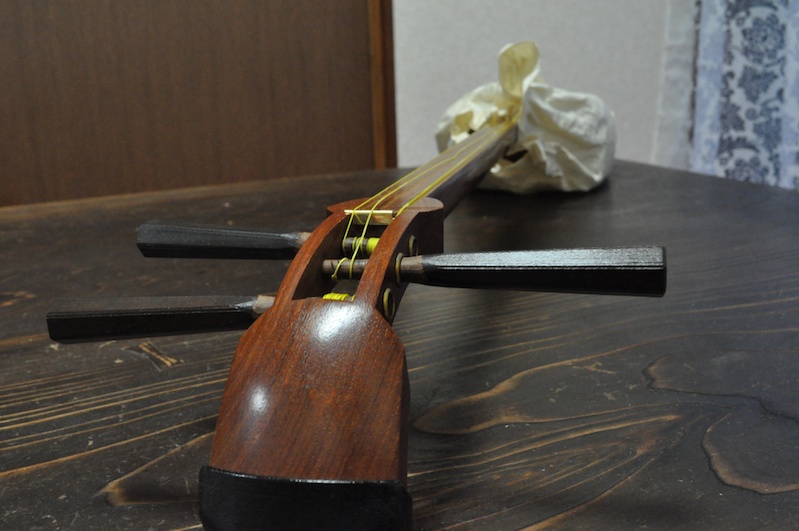
Strings are out of tension for now.
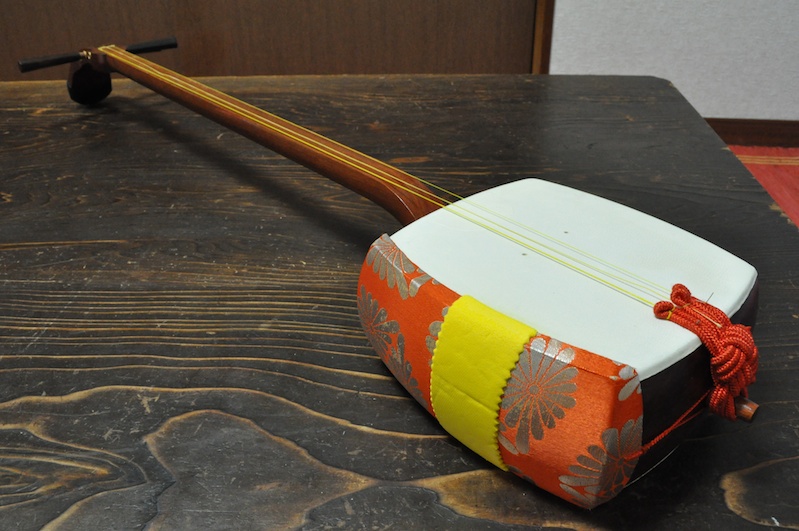
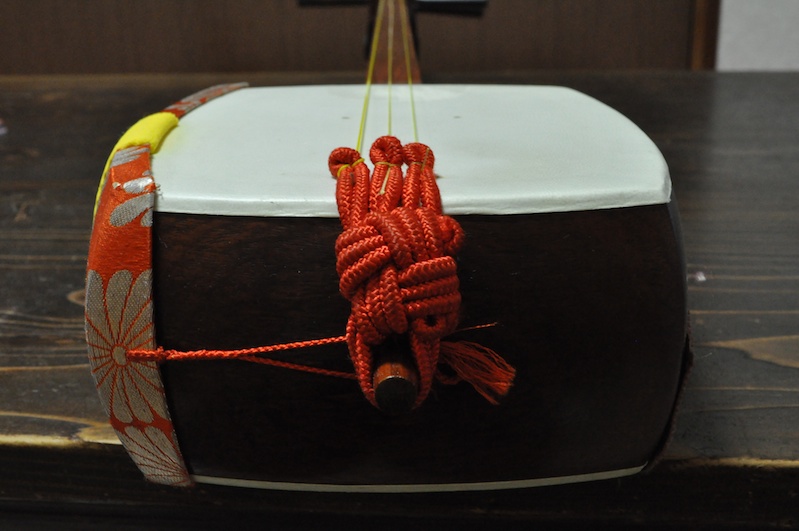
Glad I don't have to make this knot myself.
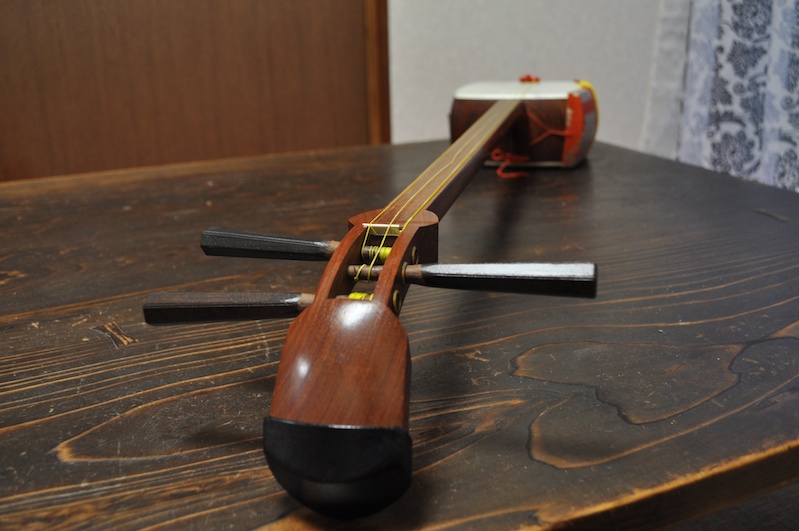
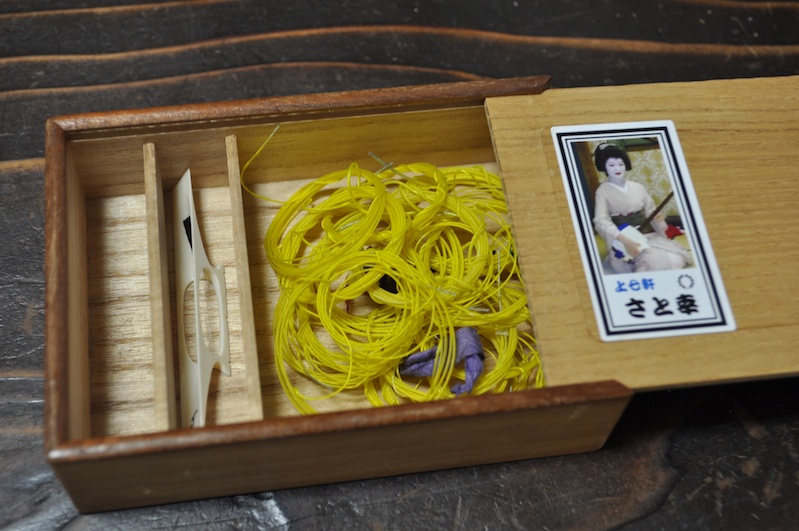
In this box we have strings and the "Koma"[bridge = 駒 ] to place by hand each time. Actually it is possible to demount the Shamisen almost entirely each time and put it in a little suitcase, but for now I would not be able to rebuild it myself so we keep it like this.
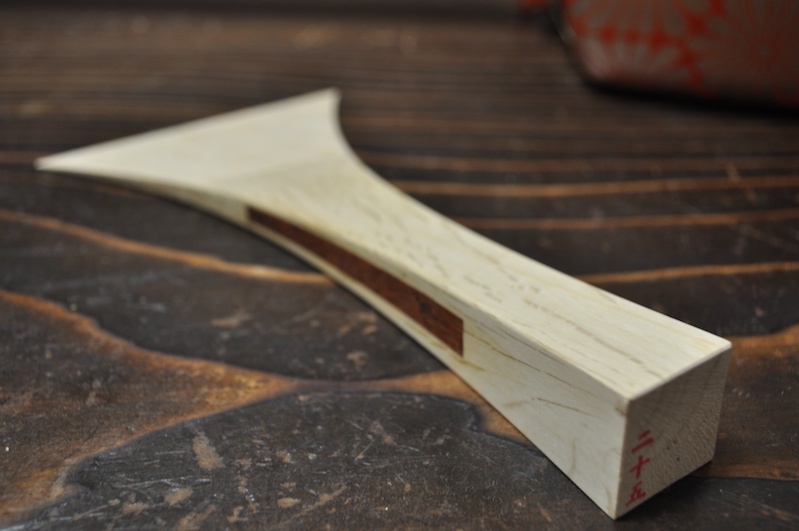
This is the pick, it is called a "bachi" = æ’¥. Sensei's one is a very old one made of elephant tusk... Mine is made of wood.
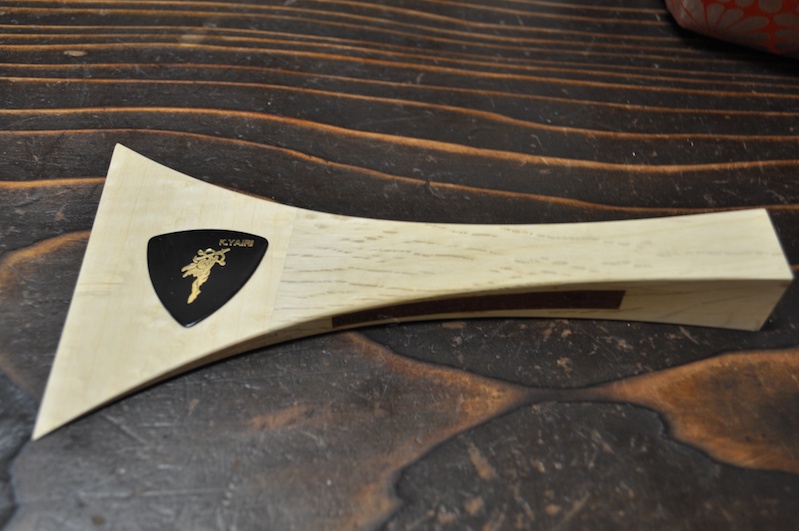
Yep, it is much bigger and heavier than a guitar one.
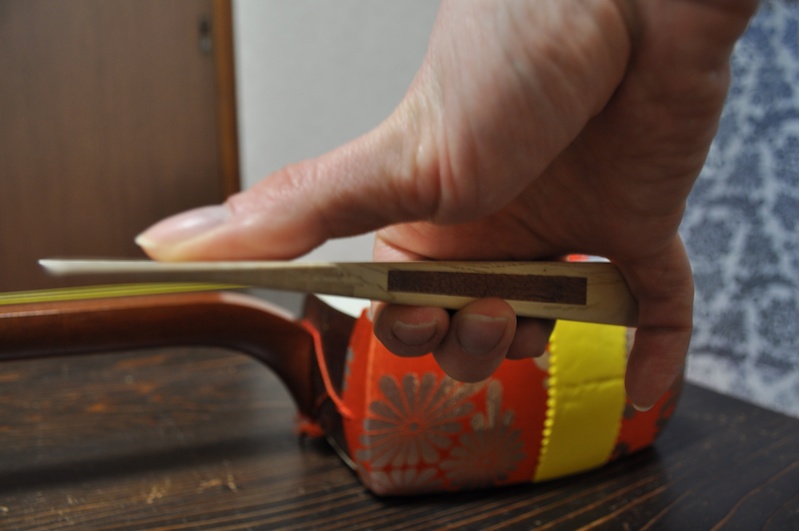
And here is how we must handle it. Little bit tricky at first. I am not sure that my position on this picture is very good but you've got the idea.
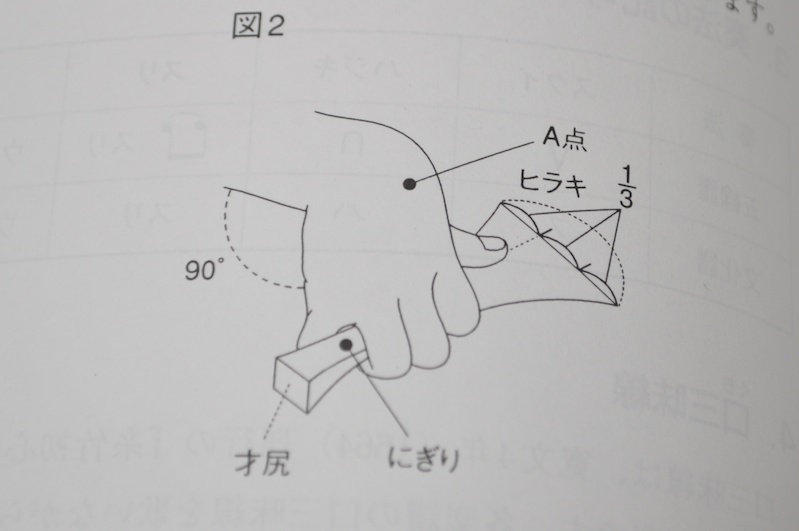
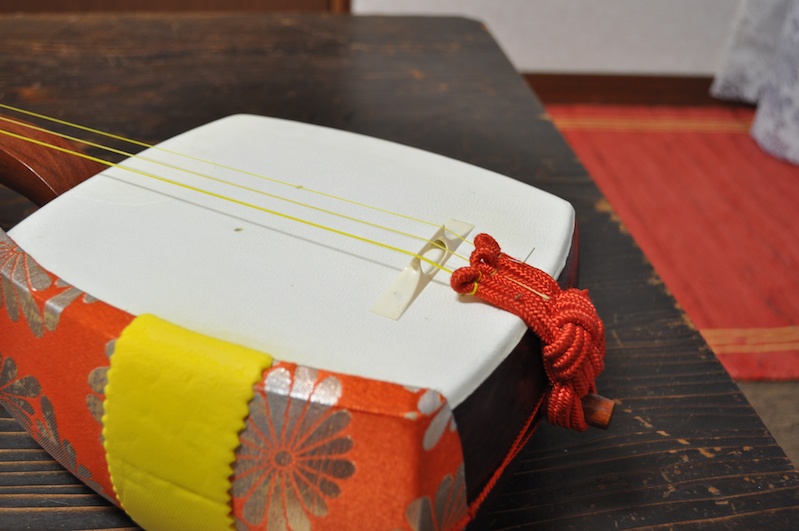
So now the bridge is in place and the strings tuned. It is quite easy to tune, kind of like a guitar but with only 3 strings :) There's one octave between the first and the third string.
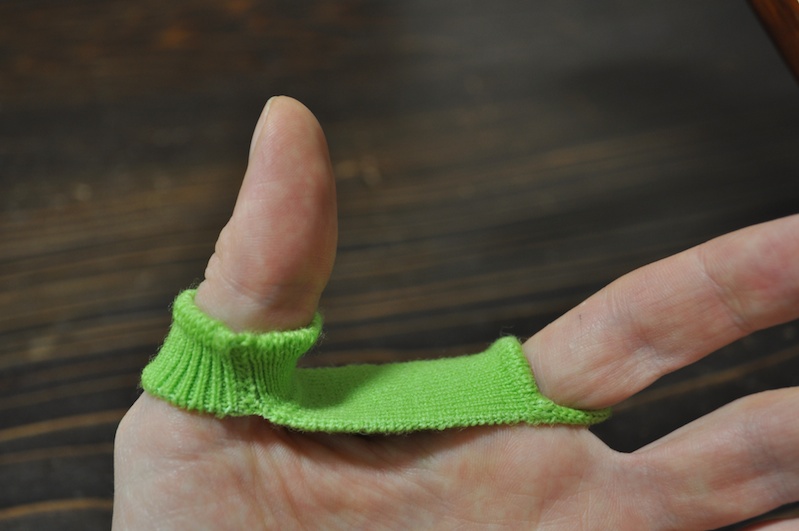
On the left hand we have to use this little green thing.
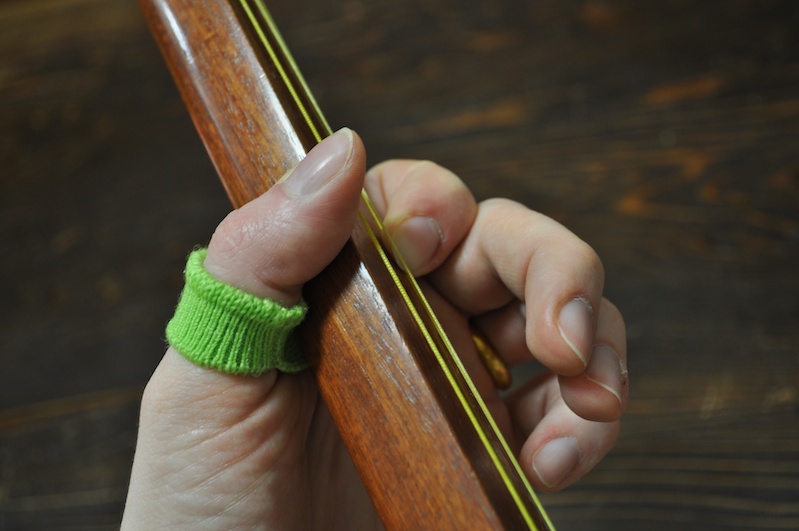
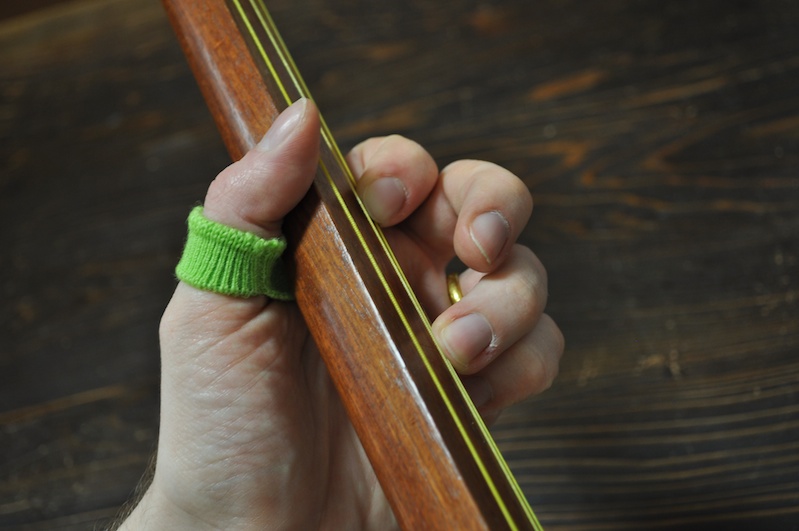
First piece to study will be Sakura Sakura which is pretty much the most famous traditional Japanese tune abroad I guess.
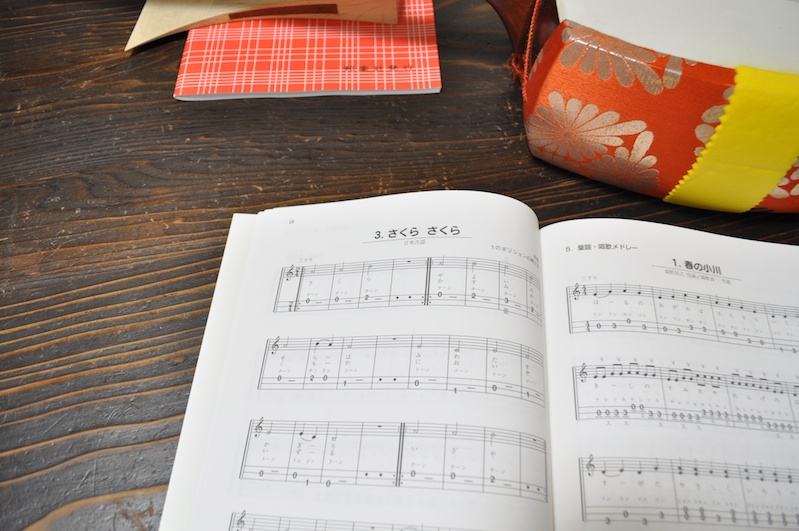
And here you can see how to sit properly.
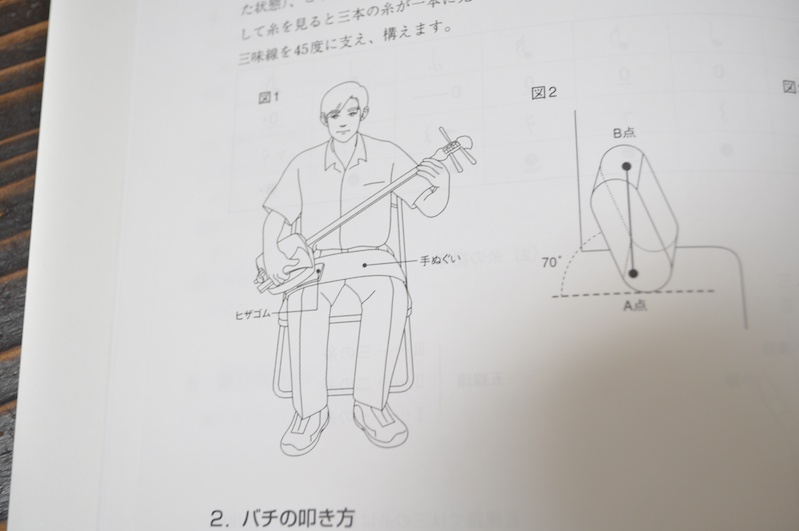
I will save your ears for now, cause basically all I can do is "kling" and "klang". But during the lesson I already had fun keeping a simple rhythm while Sensei was playing lead.
So for now, let's enjoy Chizukan Takahashi.